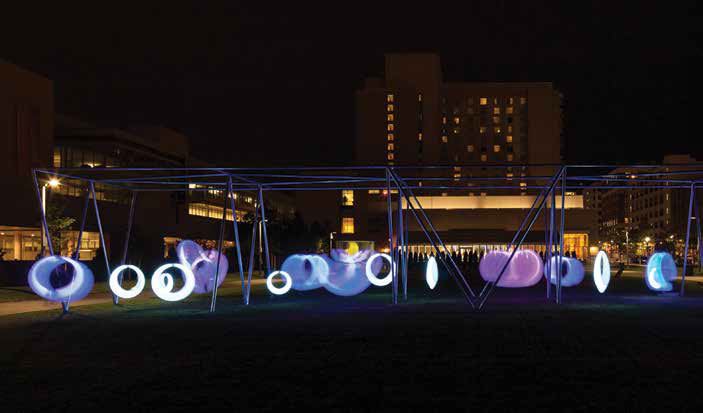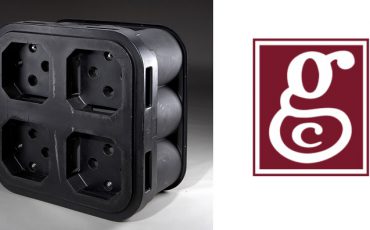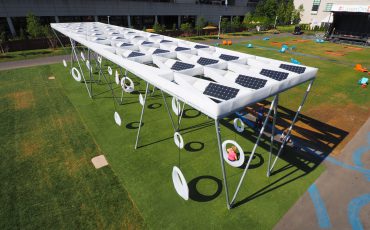
Rotational molding produces strong, hollow plastic parts in a variety of shapes and sizes. For best results, product designers and engineers follow the Rotational Molding Design Guide, a publication from the Association of Rotational Molders (ARM). They also consider what Machine Design calls “special requirements” for parts with large flat surfaces, parallel walls, kiss-offs, and undercuts.
Large Flat Surfaces
Plastic parts with large flat surfaces are subject to distortion during rotational molding. Adding a slight crown to the part’s surface can prevent “oil-canning or bowing-in,” as Machine Design explains. Including design details such as steps or recesses can also prevent distortion. For part designs that don’t support these features, adding a heavy texture can disguise minor distortions.
Parallel Walls
Rotomolded parts with parallel walls also deserve special consideration. That’s because rotational molds with closely-spaced walls restrict material flow and can produce thin-walled parts. As a rule of thumb, small parts with a wall thicknesses of 1/8” or less need a minimum of 5/8” from outside wall to outside wall. As walls get thicker, the minimum distance between them should increase.
Kiss-Offs
Kiss-offs are part features that add strength but can produce defects on the opposite wall. To avoid these blemishes, part designers and engineers leave a slight gap between the two walls. A good starting point for this gap size is 1/8”. Then, when the opposite wall flexes slightly, the kiss-off can provide support. These “almost kiss-offs” can also help to avoid the creation of a hump in the part.
Undercuts
Undercuts are inwardly or outwardly projecting walls that are parallel to mold parting lines. Compared to other plastics manufacturing techniques, rotational molding services provides good support for undercuts – features that also facilitate part removal. In general, however, it’s best to avoid undercuts on mold cores because the plastic may shrink onto the core.
Get Plastic Part Design Assistance from Gregstrom
As a third-generation, family-owned rotational molding company, Gregstrom Corporation of Woburn, Massachusetts (USA) offers plastic part design assistance. Engineers and product designers can download the Rotational Molding Design Guide from our website. In fact, many of the product images in this publication are from Gregstrom.
To request a rotomolding quote or for more information, contact us.



